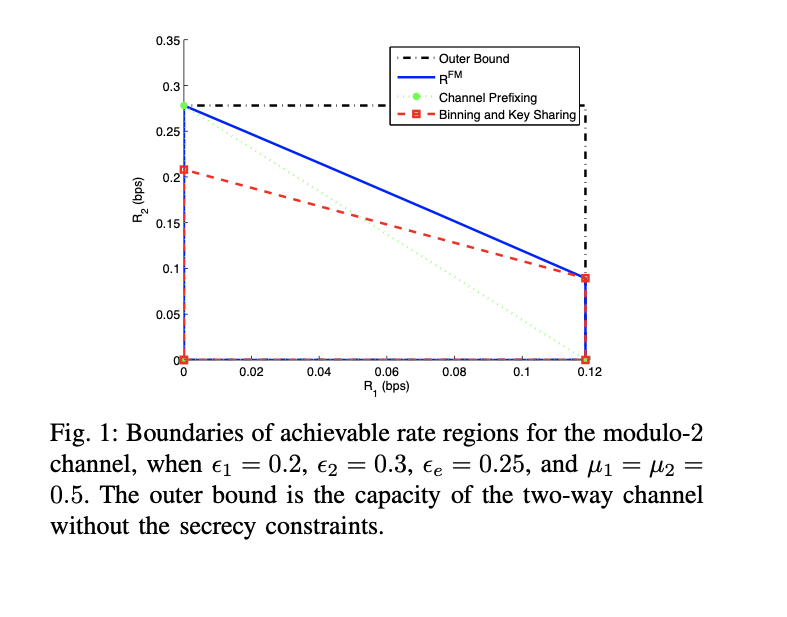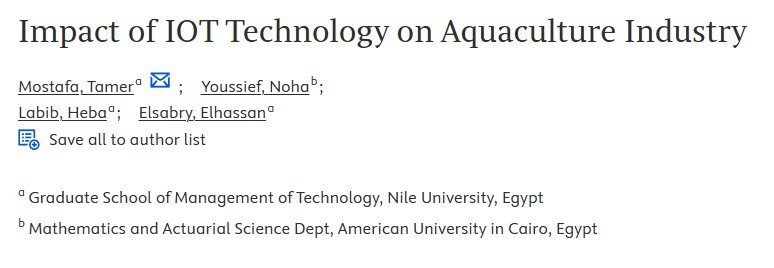

Achievable secrecy rate regions for the two-way wiretap channel
The two-way wiretap channel is considered in this paper. Two legitimate users, Alice and Bob, wish to exchange messages securely in the presence of a passive eavesdropper Eve. In the full-duplex scenario, where each node can transmit and receive simultaneously, new achievable secrecy rate regions are obtained based on the idea of allowing the two users to jointly optimize their channel prefixing distributions and binning codebooks in addition to key sharing. The new regions are shown to be strictly larger than the known ones for a wide class of discrete memoryless and Gaussian channels. In the half-duplex case, where a user can only transmit or receive on any given degree of freedom, the idea of randomized scheduling is introduced and shown to offer a significant gain in terms of the achievable secrecy sum-rate. A practical setup is further developed based on a near field wireless communication scenario, and it is shown that one can exploit the two-way nature of the communication, via appropriately randomizing the transmit power levels and transmission schedule, to introduce significant ambiguity at a noiseless Eve. © 1963-2012 IEEE.



